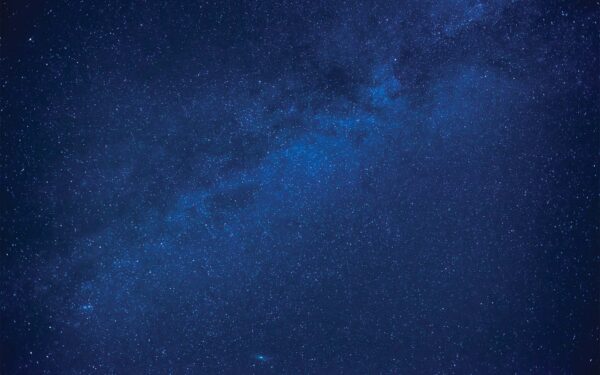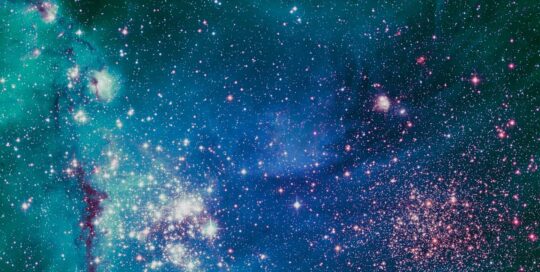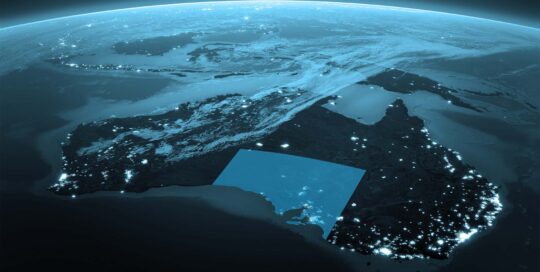South Australian spaceport provider Southern Launch and Canadian rocket manufacturer Reaction Dynamics have joined forces to launch a hybrid rocket into space from the Koonibba Test Range in 2025.
Marking a historic milestone, the flight will be one of the first demonstrations of a hybrid rocket engine operating in space.
Founded in 2017, Reaction Dynamics has developed pioneering hybrid propulsion technology that solves the problems of classical hybrid rocket engines.
Southern Launch CEO Lloyd Damp said the company was excited to help Reaction Dynamics test their breakthrough technology, which is set to be a game-changer for the industry.
“We are proud to be hosting the Aurora suborbital mission from the Koonibba Test Range,” Mr Damp said.
“This mission will test a novel hybrid propulsion system which will ultimately result in technological breakthroughs that will propel the entire space industry forward.”
The launch will see the two-stage, seven-metre-tall Aurora vehicle reach an altitude of 125 km above Earth.
It will provide the team with critical performance data and demonstrate Reaction Dynamics’ technological capabilities ahead of future orbital missions.
Reaction Dynamics CEO Bachar Elzein believes the company’s RE-102 hybrid rocket engine is the most efficient hybrid rocket engine in the world.
“Extensive hot fire tests have shown the engine is able to maintain performance during prolonged burn periods thanks to our patented innovations,” Mr Elzein said.
“We are eager to put this technology to the test in the vacuum of space during our upcoming suborbital mission from the Koonibba Test Range.”
Mr Damp said the Aurora suborbital rocket will lift-off using the company’s Mid-Range Launch Rail, which is located on-site and provides customers with greater flexibility around mission timeframes.
“Every mission conducted by Southern Launch is a true partnership with our customer and we are looking forward to welcoming Reaction Dynamics to South Australia,” he said.
Reaction Dynamics will visit the Koonibba Test Range later this year ahead of the scheduled 2025 mission.





